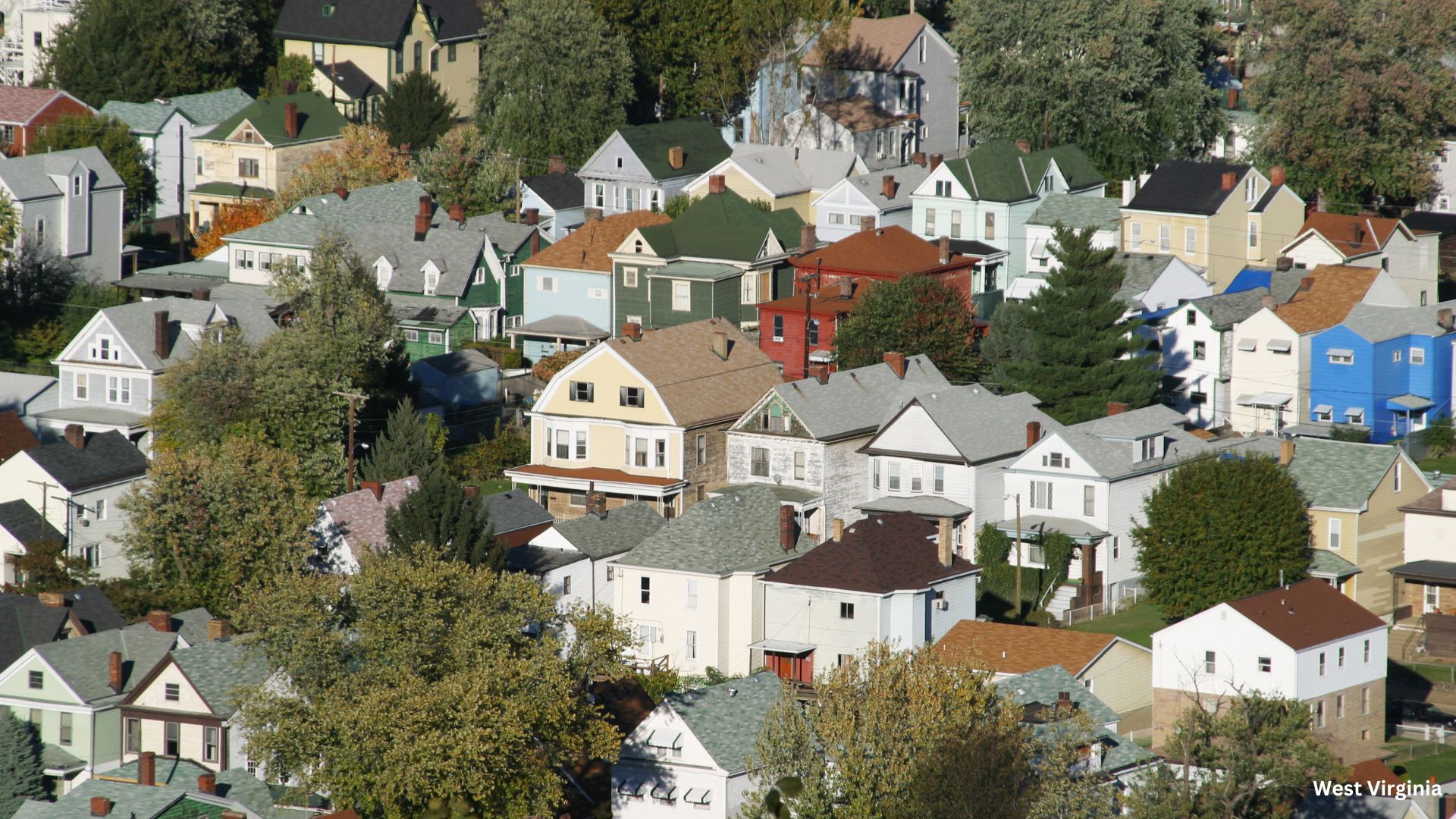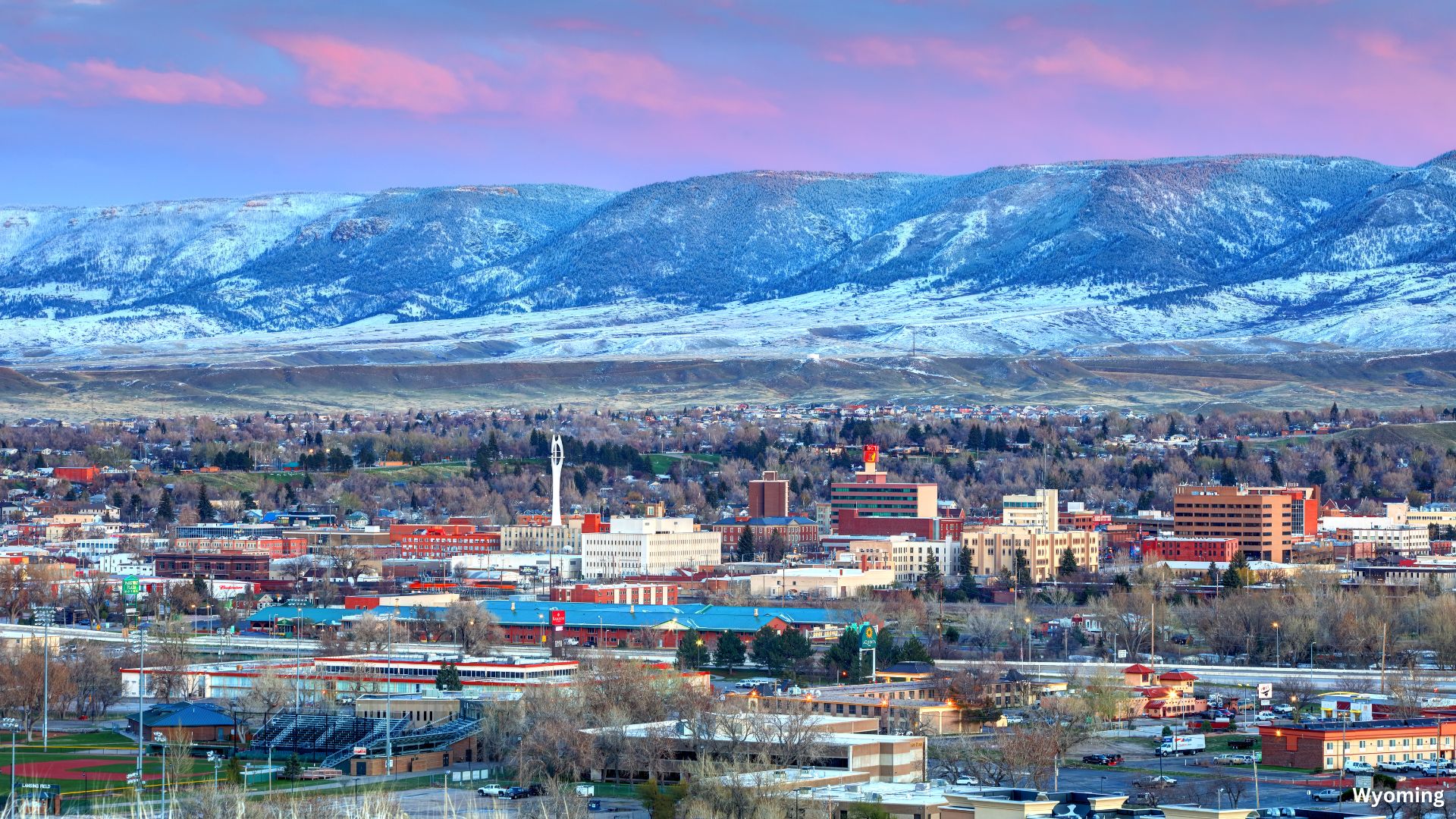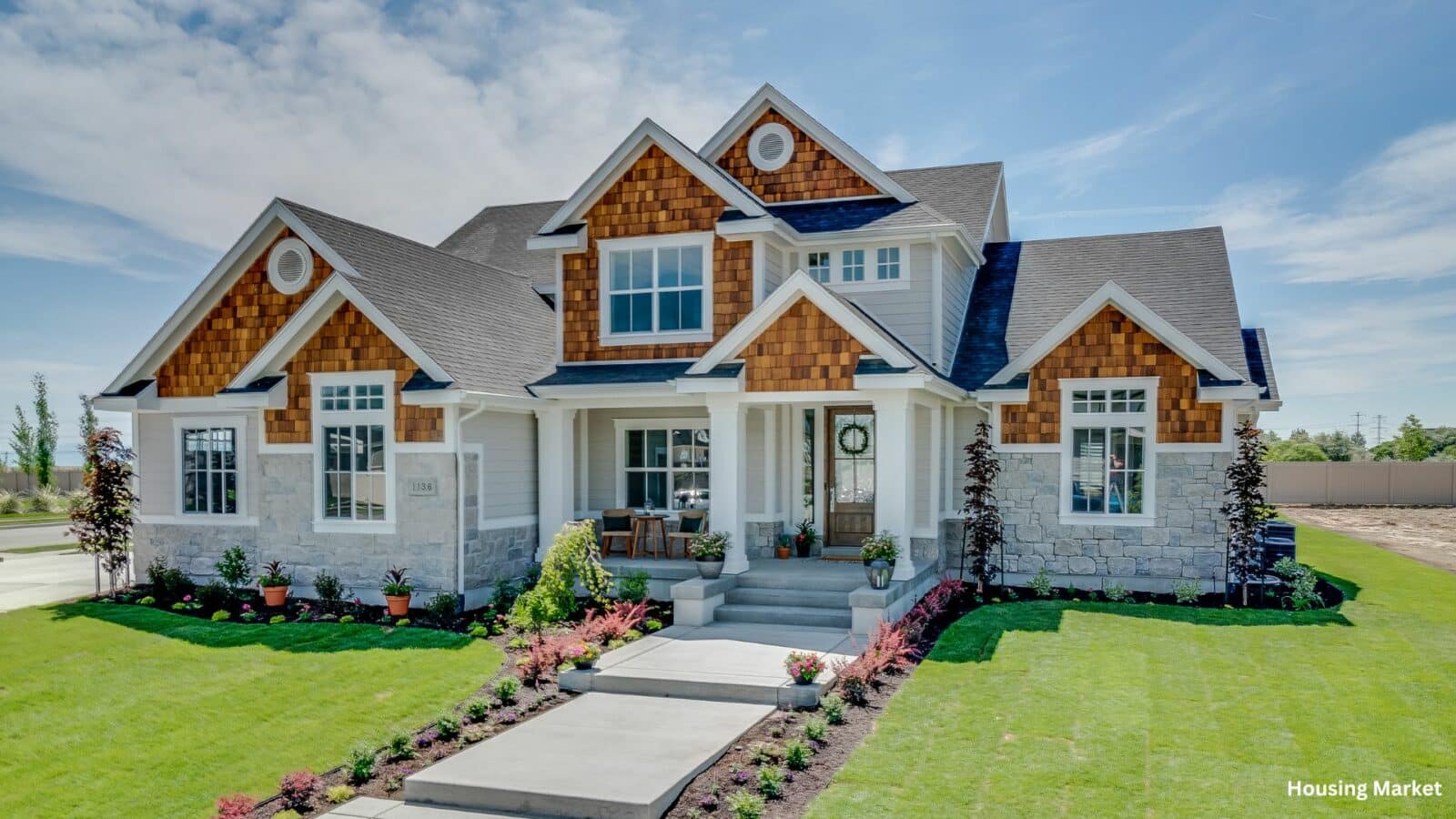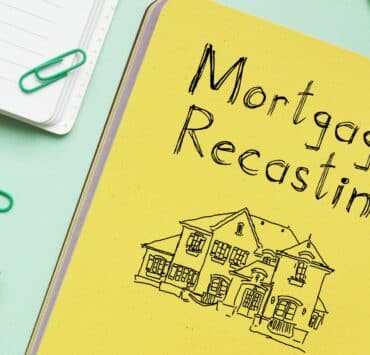Some of the states with the highest homeownership in America are also among the poorest. This paradox raises intriguing questions about the dynamics of the housing market and the socioeconomic factors at play. Despite high mortgage rates and soaring home prices putting homeownership out of reach for many Americans, states like West Virginia, Delaware, and Mississippi boast some of the highest homeownership rates in the nation. Let’s delve into the reasons behind this seeming contradiction and explore what it reveals about the American dream of owning a home.
The Top States for Homeownership
According to U.S. Census data, West Virginia leads the nation with a homeownership rate of 77%, followed by Delaware at 75.7%, Mississippi at 75.5%, Maine also at 75.5%, and Wyoming at 74.5%. These states significantly outpace others in terms of homeownership despite having lower average incomes. For example, West Virginia has the second-lowest average income in the country, yet it boasts the highest homeownership rate. Similarly, Mississippi and West Virginia rank at the bottom for personal income but top the charts for homeownership.

Factors Influencing High Homeownership Rates
Several factors contribute to the high homeownership rates in these lower-income states. Hannah Jones, an economist at Realtor.com®, points out that lower median income levels often correlate with lower home prices. This makes homeownership more attainable for residents, even if their earnings are below the national average. In contrast, states with higher incomes, like New York, California, and Massachusetts, face astronomical home prices that put homeownership out of reach for many.

Affordability and Home Prices
In states like West Virginia, home prices are significantly lower relative to income levels. For instance, home prices in West Virginia are about 4.8 times higher than the typical income level, compared to 8.8 to 9.8 times higher in states like California, New York, and Massachusetts. This disparity highlights the crucial role of affordability in driving homeownership rates. Lower home prices mean that residents can purchase homes without stretching their finances to the breaking point.

Urban vs. Rural Dynamics
Another factor influencing homeownership rates is the urban-rural divide. States with large metropolitan areas, such as New York and California, have a higher proportion of renters due to the dense population and higher cost of living in urban centers. In contrast, more rural states like West Virginia and Mississippi have a higher proportion of homeowners, as the cost of living is lower and there is more land available for housing.

The Impact of Local Economies
The local economy also plays a significant role in homeownership rates. In states with struggling economies, home prices tend to be lower, making it easier for residents to buy homes. For example, despite Wyoming having the eighth-highest average income, its homeownership rate is high due to the relatively low home prices compared to states with similar income levels.

Highest Homeownership Rates are in the Poorest States
The phenomenon of the highest homeownership in America being found in some of the poorest states underscores the complexity of the housing market and the diverse factors that influence homeownership. Lower home prices, the urban-rural divide, and local economic conditions all play a part in making homeownership attainable in these states. As we continue to navigate the challenges of the housing market, understanding these dynamics can provide valuable insights into making homeownership more accessible for all Americans.





